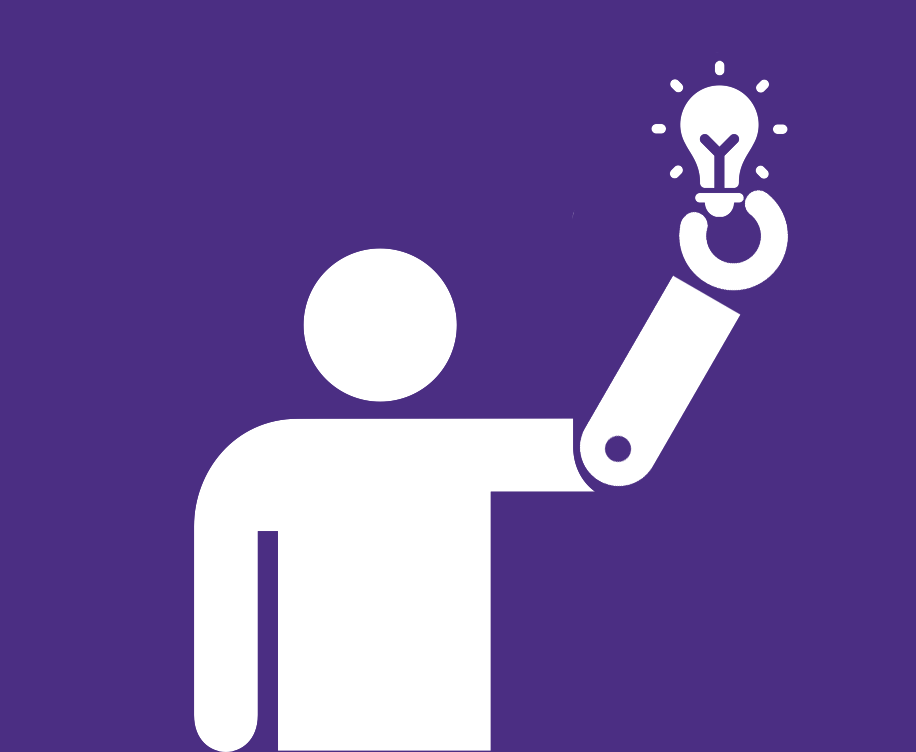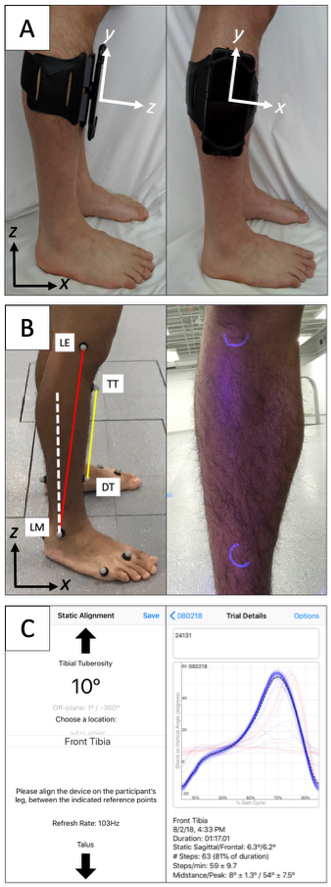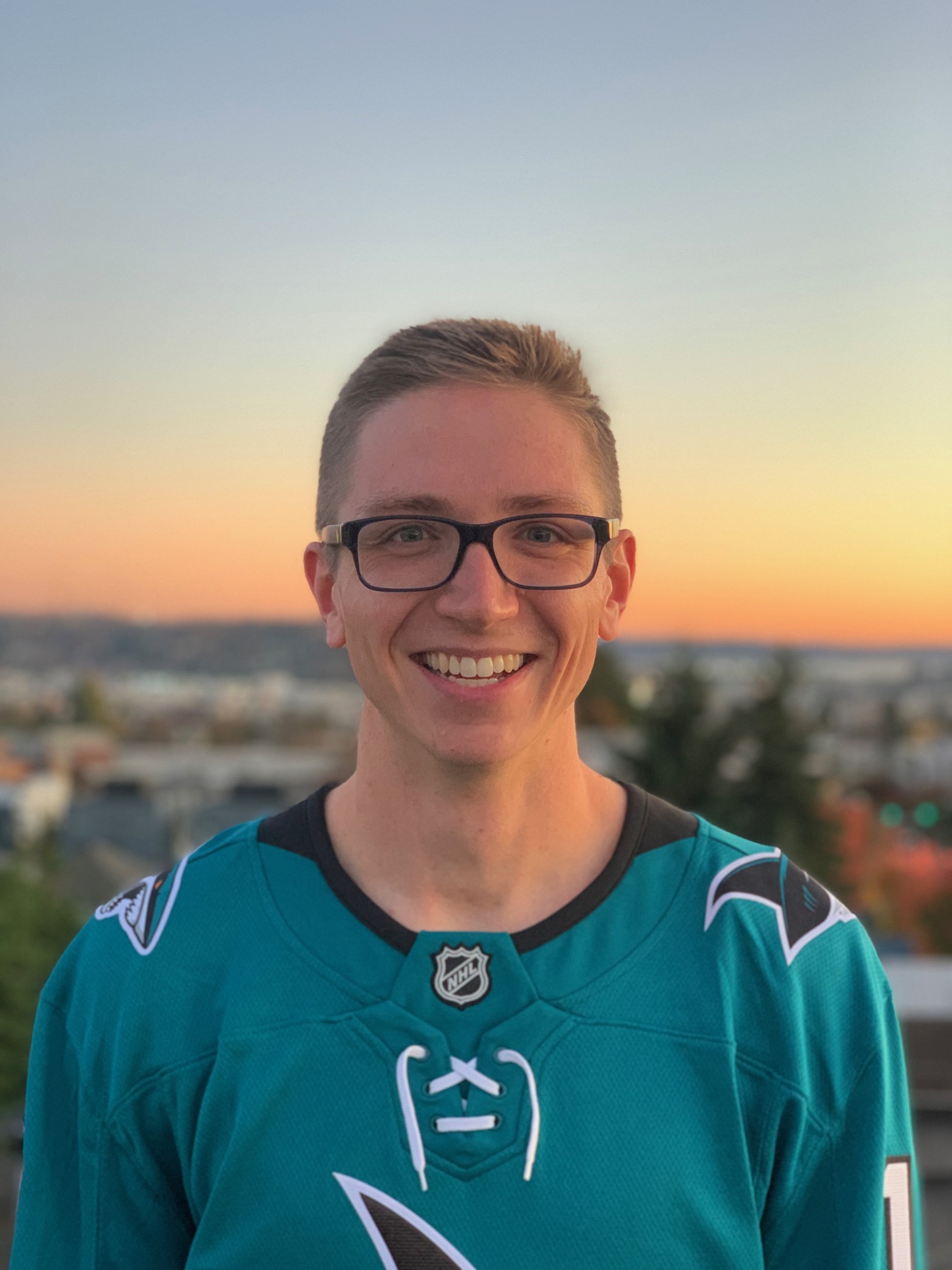Projects
Elijah Kuska named TL1 scholar, 2020 Cohort
We are very proud to announce that Elijah Kuska is part of a cohort of new trainees in the Institute of Translational Health Sciences (ITHS) TL1 Translational Research Training Program. This is a one-year mentored research training program in translational science in a cross-disciplinary community with training, career development, and team science skills.
Project Title: “Analyzing the complex interaction between impaired neuromuscular and musculoskeletal system to determine if gait abnormalities of children with cerebral palsy are advantageous”. Congratulations Elijah!
Microsoft has paired with UW to CREATE!
 During Microsoft’s annual Ability Summit, they announced a new partnership with the University of Washington to establish the Center for Research and Education on Accessible Technology (CREATE) and kicked-off the collaboration with an inaugural investment of $2.5 million. CREATE is an interdisciplinary team whose mission is to make technology, and the world, more accessible.
During Microsoft’s annual Ability Summit, they announced a new partnership with the University of Washington to establish the Center for Research and Education on Accessible Technology (CREATE) and kicked-off the collaboration with an inaugural investment of $2.5 million. CREATE is an interdisciplinary team whose mission is to make technology, and the world, more accessible.
The CREATE leadership will be comprised of six campus departments and three different colleges including the Steele lab’s own Heather Feldner and Katherine M. Steele. This fantastic news was featured on The Seattle Times and Greek Wire.
Get excited and help us congratulate Heather, Kat, and all those involved and cheer them on to CREATE!
M Yamagami, KM Steele, SA Burden (2020) “Decoding Intent With Control Theory: Comparing Muscle Versus Manual Interface Performance”
Journal Article in ACM Conference on Human Factors in Computing Systems (CHI) 2020 Preceedings:
These results suggest that control theory modeling can provide a platform to successfully quantify device performance in the absence of errors arising from motor impairments
Photo (top and bottom) of a user using a slider (top) and muscles (bottom) to control a cursor on the screen.
(Top image) Side image of user. User rests their elbow and pinches the slider and moves the slider towards and away from their body to control the cursor.
(Bottom image) Side image of user. User is strapped to a rigid device holding a bar with hands supinated towards the ceiling, with the forearms at a 90 degree angle from the upper arms.
Electrodes are placed on the biceps and triceps and labelled. Arrows pointing up and down indicate that users move their arm up and down to control the cursor.
Background: Manual device interaction requires precise coordination which may be difficult for users with motor impairments. Muscle interfaces provide alternative interaction methods that may enhance performance, but have not yet been evaluated for simple (eg. mouse tracking) and complex (eg. driving) continuous tasks. Control theory enables us to probe continuous task performance by separating user input into intent and error correction to quantify how motor impairments impact device interaction
Aim: Propose and extend an experimental and analytical method to guide future development of accessible interfaces like muscle interfaces using control theory
Method: We compared the effectiveness of a manual versus a muscle interface for eleven users without and three users with motor impairments performing continuous tasks.
Results: Both user groups preferred and performed better with the muscle versus the manual interface for the complex continuous task.
Interpretation: Results suggest muscle interfaces and algorithms that can detect and augment user intent may be especially useful for future design of interfaces for continuous tasks.
Momona also gave a phenomenal talk on this paper last week in the University of Washington’s ‘DUB Shorts’ series (video posted below). Nice job Momona!
B Nguyen, N Baicoianu, D Howell, KM Peters, KM Steele (2020) “Accuracy and repeatability of smartphone sensors for measuring shank-to-vertical angle” Prosthetics & Orthotics International
Journal Article in Prosthetics & Orthotics International

Background
Assessments of human movement are clinically important. However, accurate measurements are often unavailable due to the need for expensive equipment or intensive processing. For orthotists and therapists, shank-to-vertical angle (SVA) is one critical measure used to assess gait and guide prescriptions. Smartphone-based sensors may provide a widely-available platform to expand access to quantitative assessments.
Objectives
Assess accuracy and repeatability of smartphone-based measurement of SVA compared to marker-based 3D motion analysis.
Method
Four licensed clinicians (two physical therapists and two orthotists) measured SVA during gait with a smartphone attached to the anterior or lateral shank surface of unimpaired adults. We compared SVA calculated from the smartphone’s inertial measurement unit to marker-based measurements. Each clinician completed three sessions/day on two days with each participant to assess repeatability.
Results
Average absolute differences in SVA measured with a smartphone versus marker-based 3D motion analysis during gait were 0.67 ± 0.25° and 4.89 ± 0.72°, with anterior or lateral smartphone positions, respectively. The inter- and intra-day repeatability of SVA were within 2° for both smartphone positions.
Conclusions
Smartphone sensors can be used to measure SVA with high accuracy and repeatability during unimpaired gait, providing a widely-available tool for quantitative gait assessments.
Try it out!
The app for monitoring shank-to-vertical angle is available for you to download and use on either Android or iOS smartphone. Please complete THIS SURVEY which will then send you an e-mail with instructions for installation and use. This app is not an FDA approved medical device and should be used appropriately.



